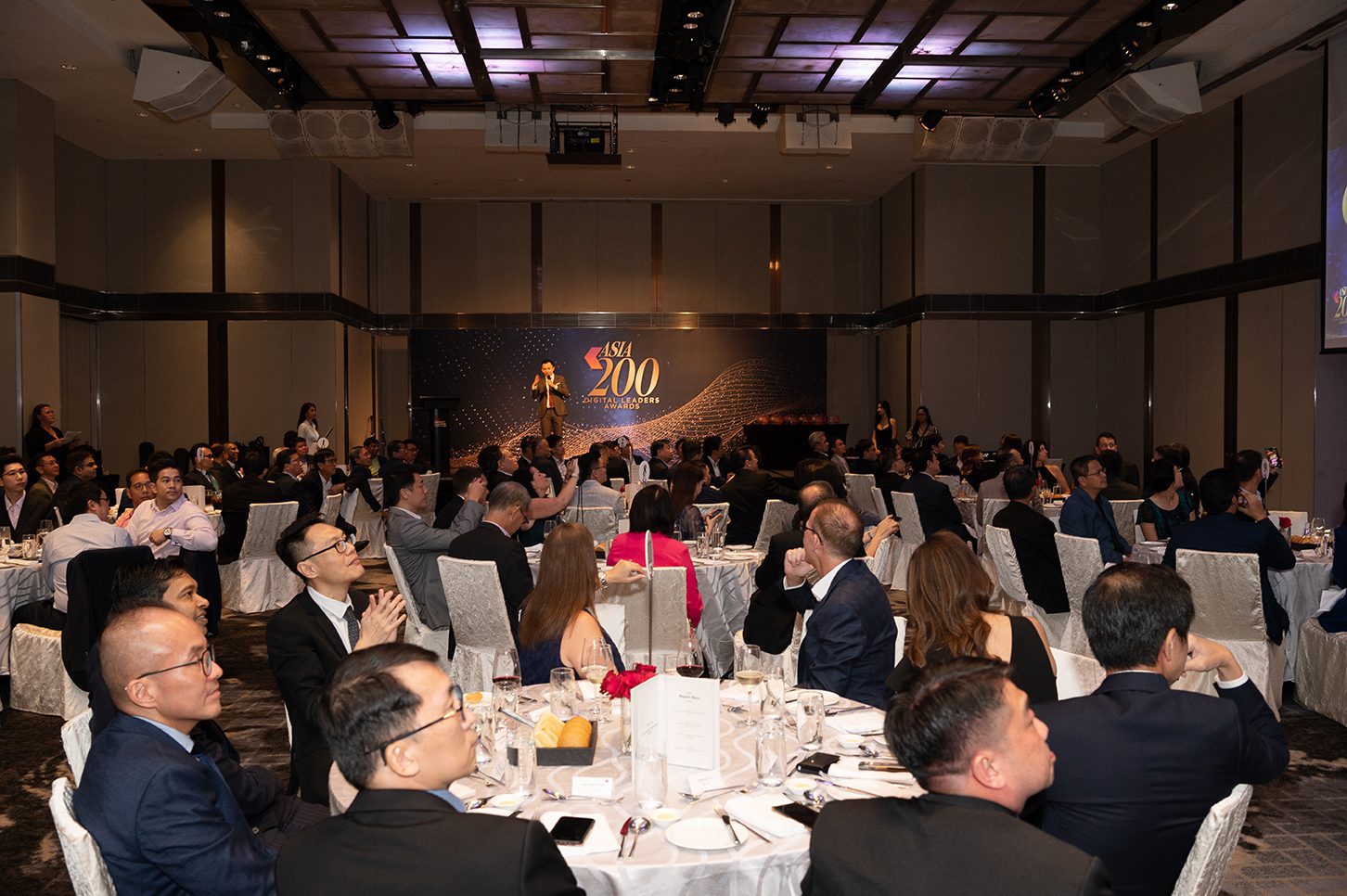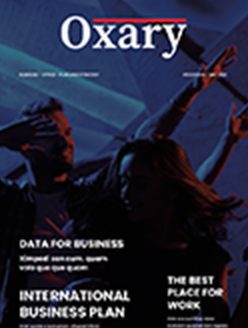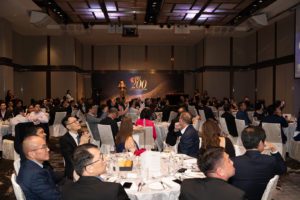
June 15, 2020
By CIO Academy Asia
The COVID-19 crisis has accelerated the use of cloud technologies, as organisations seek to access services remotely. Cloud technologies have become more essential to organisations than ever! The scalability, speed and agility offered by the cloud is now critical to organisations, especially during this period of severe, worldwide disruption. Not only are peripheral workflows being migrated – mission-critical workloads are being moved to the cloud at an unprecedented pace.
The need to scale cloud resources to meet surges in demand is common among most businesses, including those interviewed by CIO Academy Asia. Indeed, recent CIO Academy Asia research which reveals that 61% of IT decision makers in Southeast Asia consider agile IT transformation to have the biggest impact on their businesses during and after the COVID-19 crisis. Only cloud infrastructure can offer the levels of agility that are necessary to remain competitive in today’s disrupted and rapidly changing markets.
Cybersecurity and compliance are being impacted by rapidly changing IT architectures. Cybersecurity infrastructure needs to scale and align with new hybrid multicloud environments, while offering a unified view of IT assets. According to CIO Academy Asia’s research, 51% of Southeast Asian organisations view cybersecurity as a critical technology area for their BCP during the COVID-19 crisis.
IT infrastructure adaptability is essential to business continuity. Fundamental to cloud design is backup, recovery and failover. Agile IT infrastructure allows enterprises to quickly pivot during times of disruption, while remaining vigilant to security threats.
CIO Academy Asia discussed these issues and more with Cherian Varghese, Regional Managing Director & Vice President, ASEAN, Oracle, in an exclusive interview. Mr Varghese was asked to express his views on pressing issues relating to the accelerated pace of cloud transformation and the management of mission-critical workloads in the cloud.
As mission critical workflows and data get migrated to the cloud, how are service delivery standards, performance requirements and security and compliance controls changing to cater to the new demands on cloud?
“As companies progress in their digital transformation, they are setting the foundation for the future of their business. For this they need to ensure performance, scalability, reliability and resilience, as well as security. So, as they migrate, they are looking for assurances around these elements, and in fact, we do have the differentiation of offering end-to-end SLAs across these areas.
Especially for large organisations, they need an enterprise-grade cloud that will run mission critical applications and database workloads. The 1st generation of clouds can’t easily and cost-effectively support high-end computing needs and workloads securely and without a lot of support; they were not built for that purpose.
In a 2nd generation cloud, security is woven in. Our security model is built around people, process, tooling, and a common security “platform” of methodologies and approaches from which we build our products – so we are agile and adapt to the changing demands on cloud. This security-first mindset and model is similarly reflected in the cloud migration and implementation strategies that we have for our customers”.
Are existing cloud infrastructure and platforms adequate to meet the spike in the demand for cloud-based work? How do you think organisations can quickly scale up their cloud infrastructure and services capabilities in a cost-efficient way?
“Taking your second question, first, everyone is at a different stage in their cloud adoption and usage. For those who want to “lift and shift” their existing workloads from legacy systems, to those who are looking to use cloud to develop new cloud native capabilities. When we’re engaging with customers, we work through with the customer where they are on their journey and offer options around the most appropriate approach. The good thing is that we have the ability to deliver many different paths and we have the tools to make this it simple.
In terms of whether current cloud infrastructure and platforms can adequately meet demand – there is unprecedented demand. A great example of this is from one of our customers, Zoom, who saw a sudden spike of 300 million daily meeting participants. Zoom deployed Oracle Cloud Infrastructure to help it support hundreds of thousands of concurrent Zoom meeting participants and was able to add in this capability within hours. Not only was the change quick, it cost-effectively enabled them to able to scale to deliver flawless service to its customer base, adapt to changing demands, and lead the video communications industry.
These demands can be hard to predict. Previously a cloud transformation would be carefully worked out with timelines and a phased approach tailored to their resources and business projections. The ability to plan in this way has changed; it is either obsolete or massively condensed. Those organisations that are more mature in their transformation journey already have a platform from which to scale quickly – but they still need to assess their options and negotiate or the requirement to rapidly scale can come at a cost”.
Security is now top priority for most CIOs to ensure their employees and supply chain partners can migrate existing business workflows to the cloud in a secure manner. What are the key areas that tech leaders should look out for in keeping their business workflows and data secure on the Cloud at the speed and scale that organisations are moving today?
“We talk to our customers about “Security by Design”. Simplistically, if you had the opportunity to design and build your own home – would you prefer to build your home with security as a core consideration or just focus on the space and design, and then add on a security alarm, a fire extinguisher and a security guard? For us, security should be an inherent part of the architecture, the data centre design, tenant isolation, the personnel that you can trust and across all processes and policies used in provisioning, certification and maintenance. That is exactly the way Oracle Cloud Infrastructure was architected, with security as a primary design principle and not layered on.
We also believe that cloud security should be easy to implement and use – some of the most common lapses comes from misconfigurations, or users trying to work around security as it slows things down or adds further complexity. This needs to be managed via monitoring, data encryption, key management system, identity access management, firewalls and cloud access security brokers”.
How can tech leaders enhance their contingency plans and risk management policies to ensure that there are sufficient failovers in their cloud services especially when mission critical digital services depend on it?
“A fundamental element in cloud design is the ability to recover quickly and reliably from a failure. These failures may be related to hardware problems such as system failures or network failures, or software problems that include operating system failure, application failure, database failure and operator error.
Oracle takes a proactive lead in contingency planning and risk management by having its enterprise grade technologies for redundancy, monitoring and failover, such as RAC and Data Guard now on the cloud backed by extensive global availability for in-country and regional DR”.
Many large organisations in Asia have begun their cloud migration journey, leveraging other well-known public and private cloud providers. How can Oracle help organisations that may have already migrated their systems and process to other cloud providers?
“Regardless of where organisations are in their cloud journey, we offer a wide portfolio of tools and expertise to enable tech leaders to develop efficient ways to onboard, monitor, and manage data across hybrid environments. We can help them migrate existing workloads, extend them with platform cloud services, integrate them with a whole range of data sources and other applications, both cloud based and on-premises, help them develop cloud-native applications, or use our broad and complete suite of SaaS offerings.
Oracle Cloud supports open source technologies particularly for the developer community and we have strong multi-cloud strategies with Microsoft Azure and VMware. In fact, recently we extended our cloud interoperability collaboration with Microsoft Azure into Asia with a new cloud interconnect location in Tokyo. This will make it faster and easier for enterprises to move their workloads from internal data centres to the cloud in a way that best suits each application. It will also make sharing data across Azure and Oracle cloud faster and easier for these customers, as does our joint customer support”.




